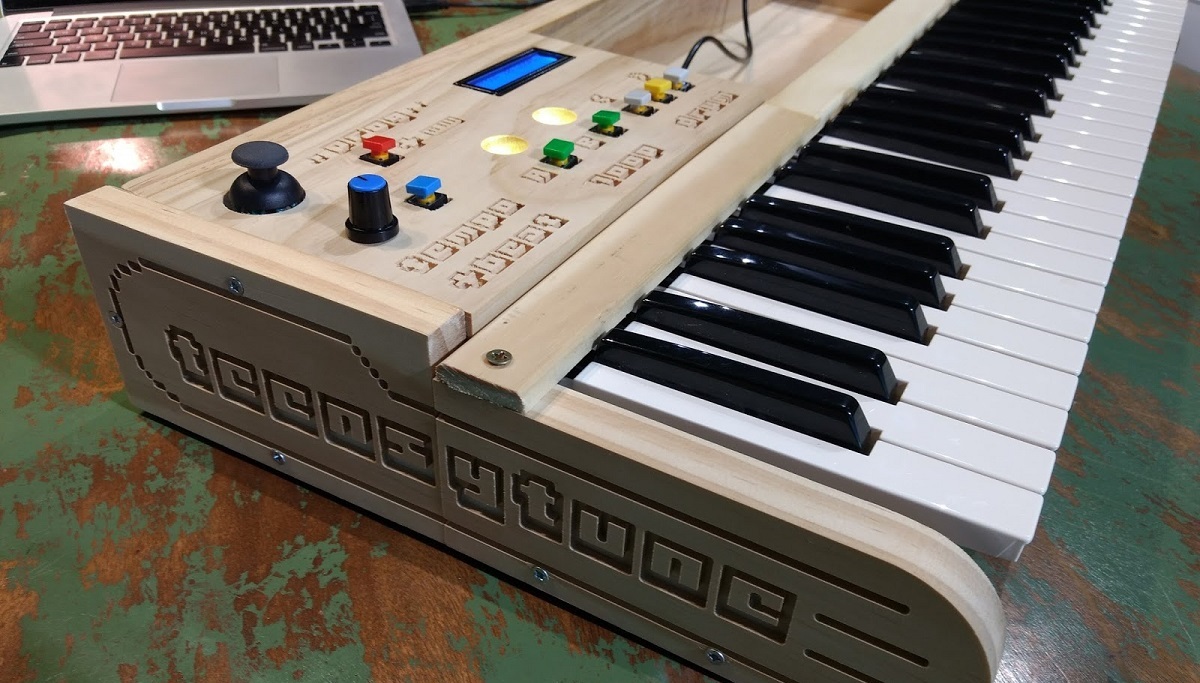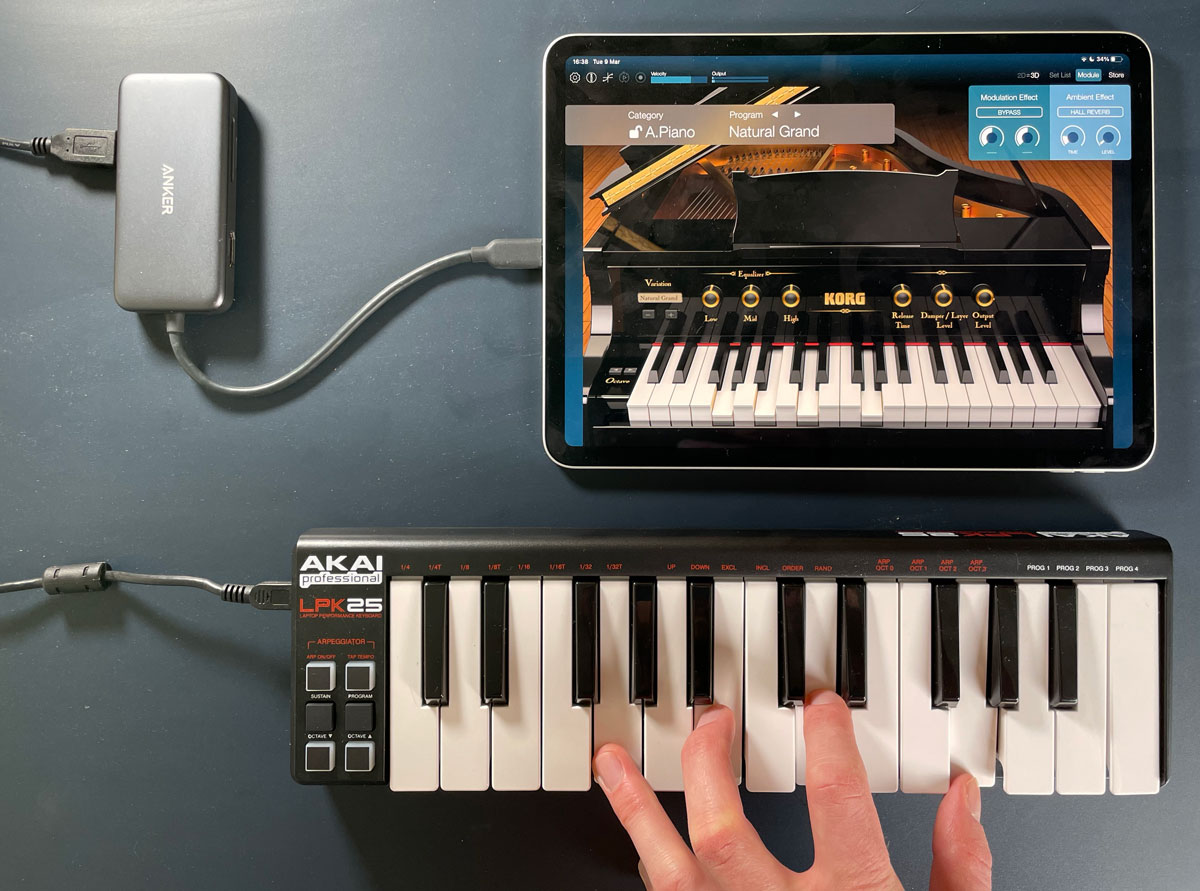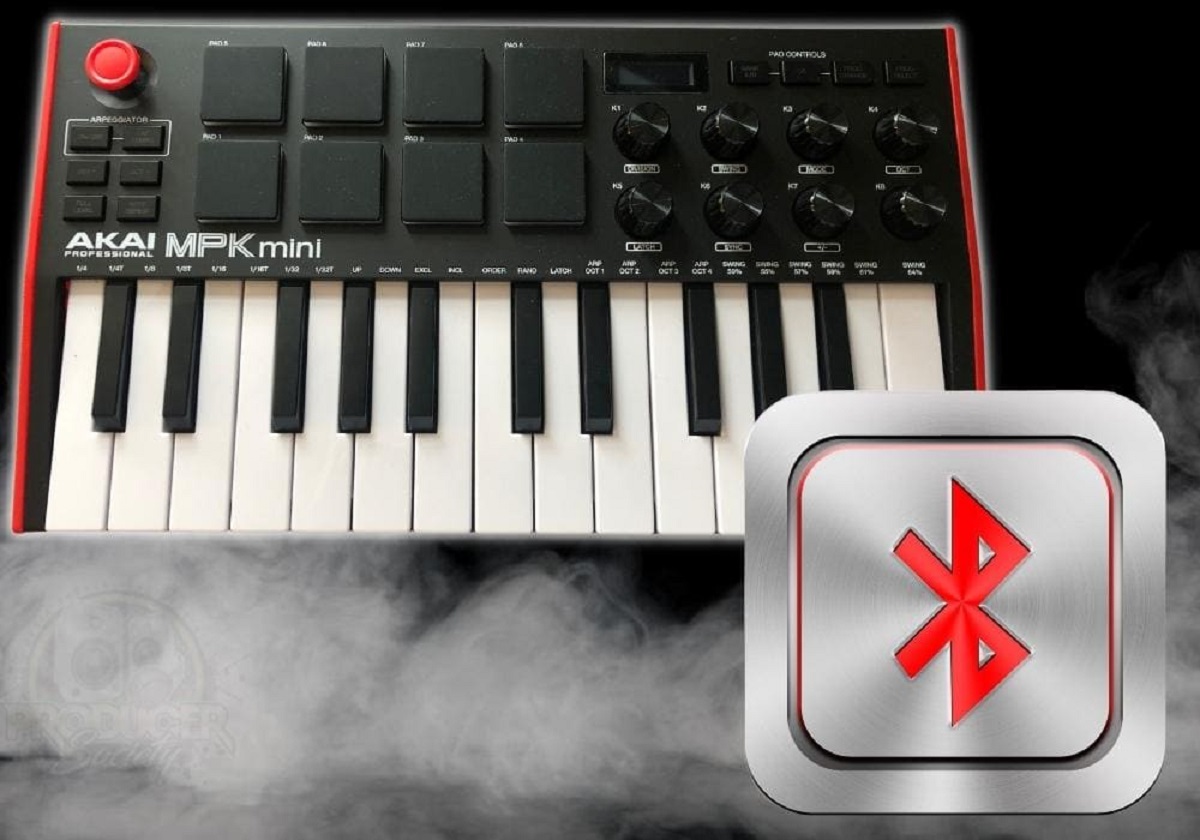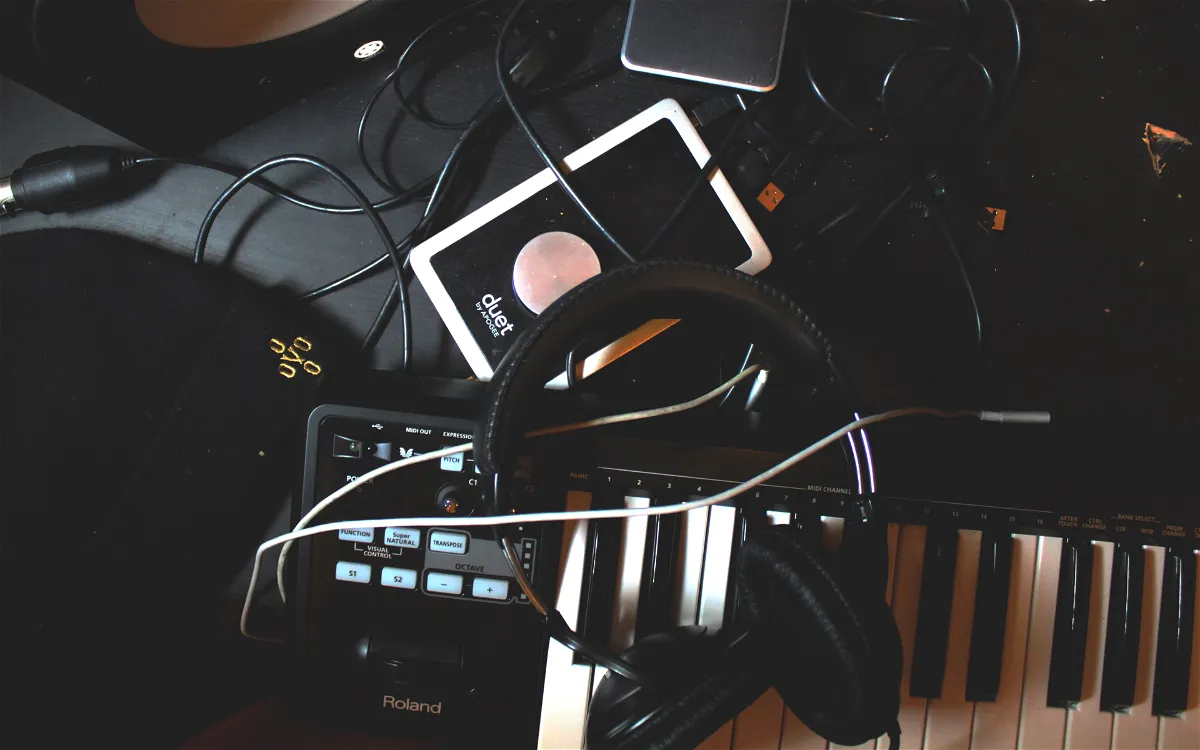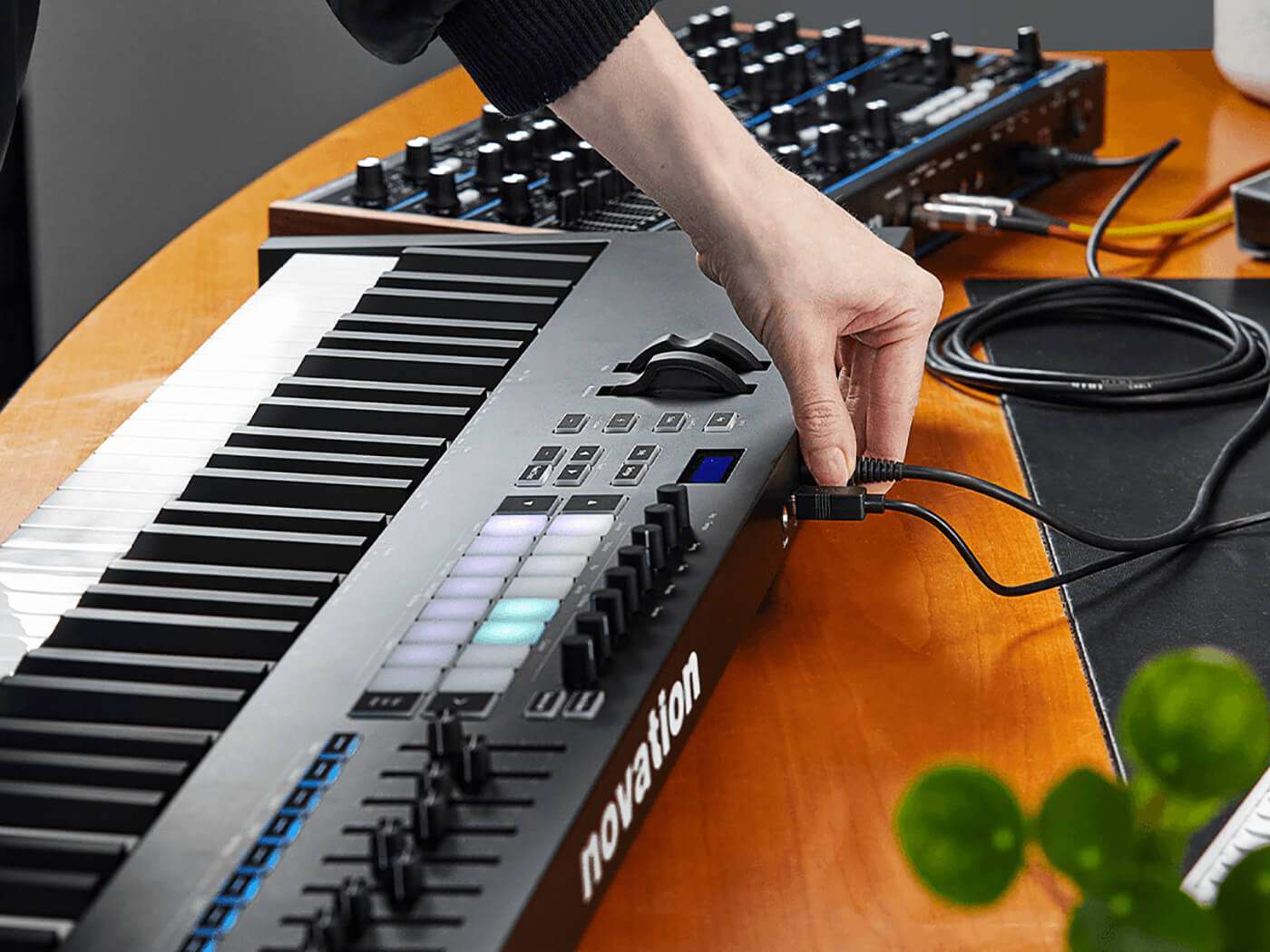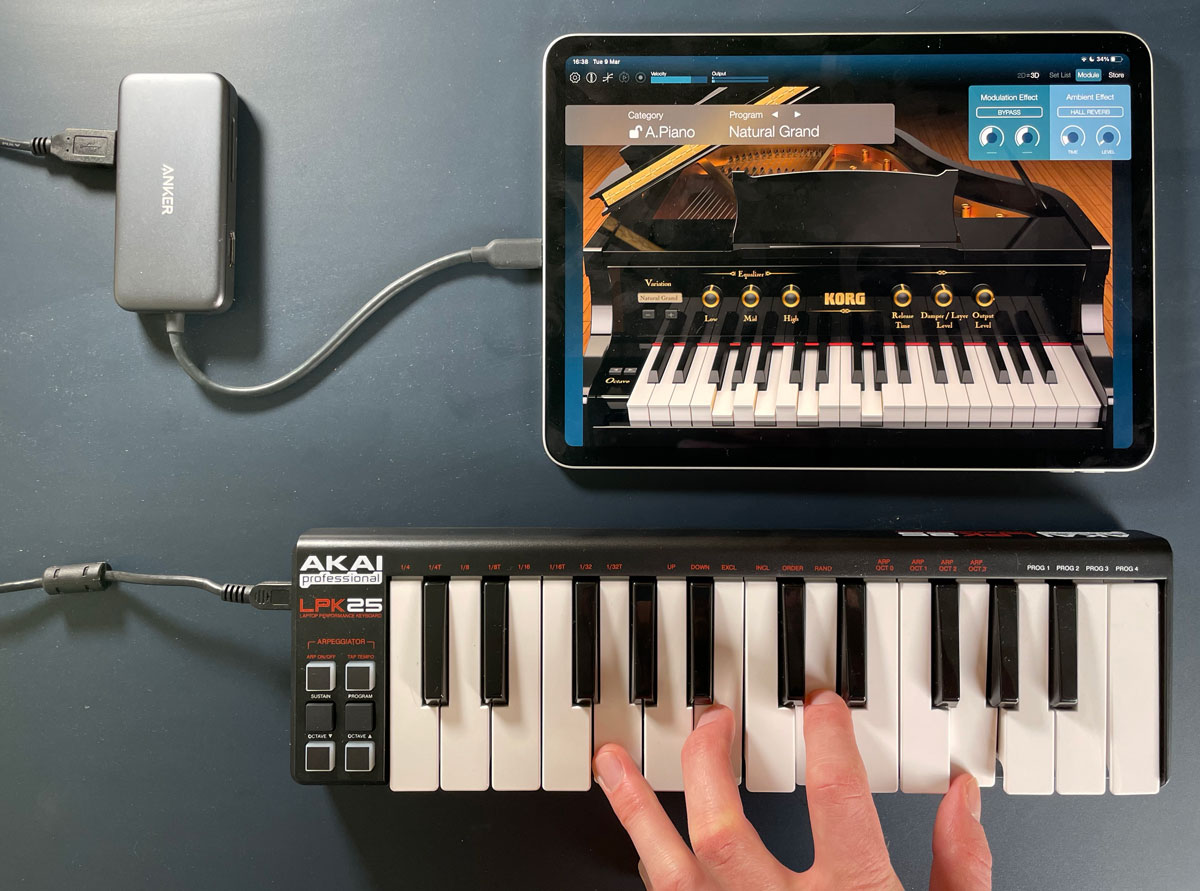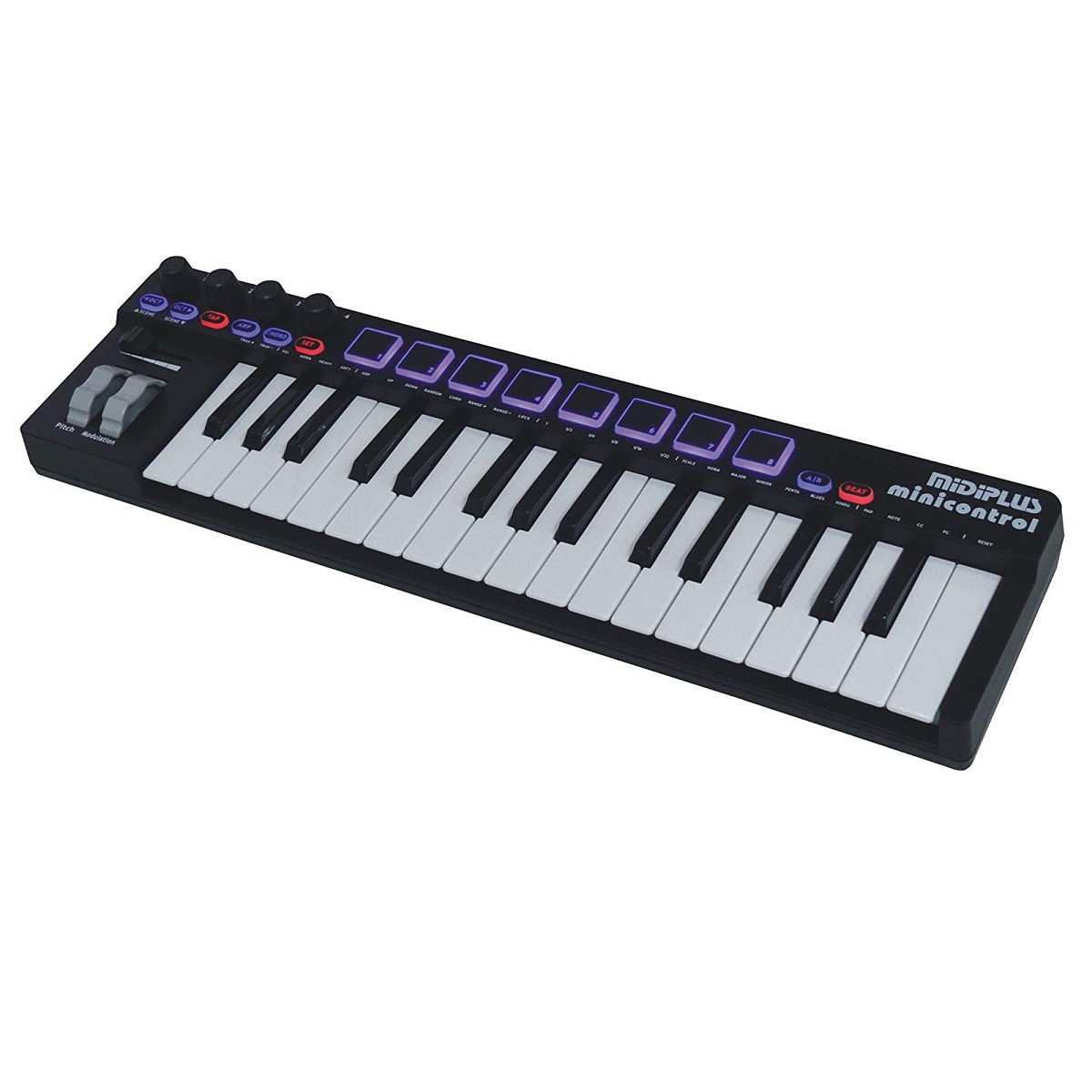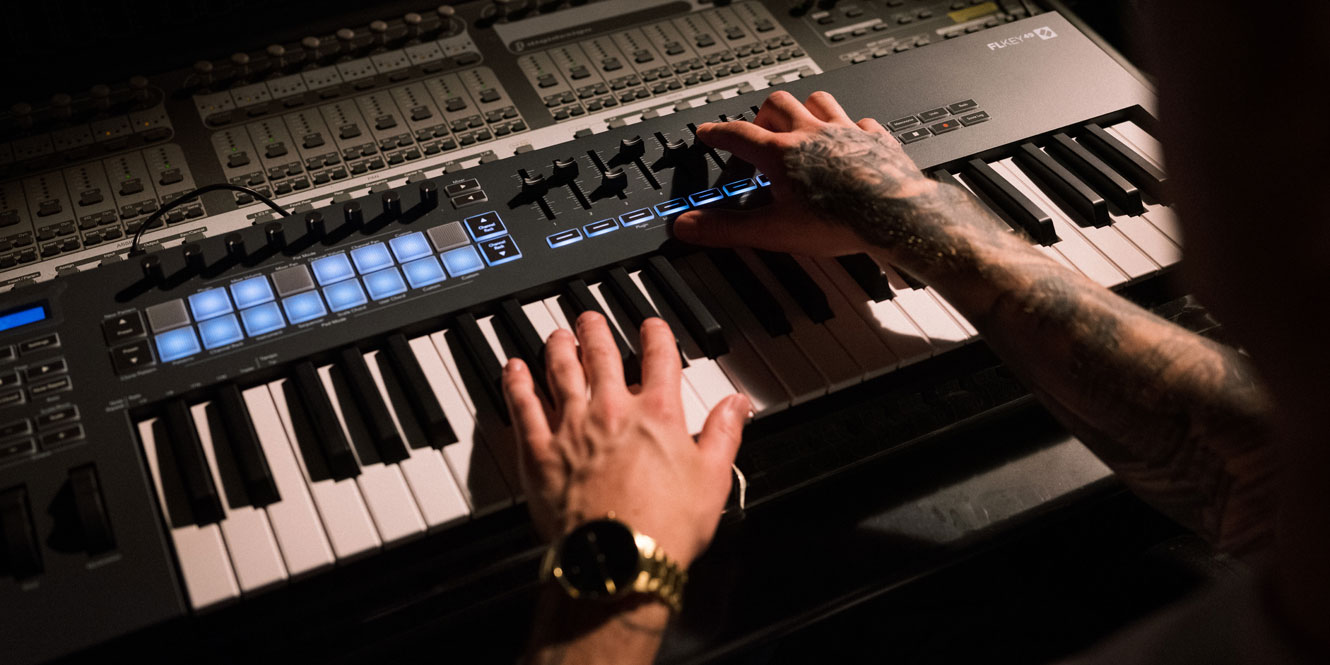Introduction
Welcome to the world of music production and performance! If you’re a MIDI keyboard enthusiast, you’re likely familiar with the myriad ways to enhance your playing and compositions. One such technique that can add depth, emotion, and expression to your music is modulation. In this article, we will delve into the art of using modulation on a MIDI keyboard, exploring its significance and practical applications. Whether you’re a seasoned musician or just beginning your musical journey, understanding and mastering modulation can elevate your performances and compositions to new heights.
Modulation is a fundamental aspect of music expression, allowing performers to infuse their playing with nuances and dynamics that mimic the natural variations in acoustic instruments. By manipulating parameters such as pitch, tone, and volume, modulation enables musicians to convey emotion and intensity in their music. With a MIDI keyboard, you have the power to harness the potential of modulation and integrate it seamlessly into your playing, opening up a world of creative possibilities.
Throughout this article, we will explore the ins and outs of using modulation on your MIDI keyboard, from setting it up to incorporating it into your performances. Whether you’re aiming to add subtle embellishments to your melodies or create dramatic swells and crescendos, understanding how to effectively utilize modulation is key to unlocking the full expressive potential of your MIDI keyboard.
Understanding Modulation
Modulation, in the context of music and MIDI keyboards, refers to the manipulation of various parameters to introduce dynamic changes in sound. This can include altering pitch, timbre, volume, or other sonic characteristics to imbue the music with expressiveness and depth. Understanding the nuances of modulation is crucial for musicians seeking to convey emotion and artistry through their performances.
One of the primary forms of modulation is pitch modulation, often achieved through the use of a modulation wheel or lever on a MIDI keyboard. When the modulation wheel is manipulated, it can subtly or dramatically alter the pitch of the notes being played, simulating the natural variations in pitch that occur in acoustic instruments. This allows for expressive techniques such as vibrato and pitch bends, adding a human-like quality to the music.
Another essential aspect of modulation is timbral modulation, which involves shaping the tonal quality of the sound. This can be achieved through techniques such as filter modulation, where the brightness or darkness of the sound is adjusted, or through the use of modulation sources to control synthesis parameters in real time. By modulating the timbre, musicians can create evolving and dynamic textures in their music, enriching the sonic palette of their compositions.
Volume modulation, often controlled through MIDI expression data, enables performers to introduce dynamic changes in volume, adding a sense of ebb and flow to their playing. This can range from subtle swells and fades to more pronounced crescendos and diminuendos, effectively conveying the emotional arc of the music.
Understanding modulation also involves grasping the concept of modulation sources and destinations. Modulation sources, such as the modulation wheel, aftertouch, or LFOs (Low Frequency Oscillators), serve as the drivers of change, while destinations, such as pitch, filter cutoff, or volume, are the parameters being altered. Mastery of these modulation sources and destinations empowers musicians to sculpt their sound in real time, infusing their performances with a sense of spontaneity and expressiveness.
By comprehending the various forms of modulation and their applications, musicians can harness the full potential of their MIDI keyboards, elevating their music with nuanced and emotive performances.
Setting Up Modulation on Your MIDI Keyboard
Before delving into the practical application of modulation, it’s essential to ensure that your MIDI keyboard is properly configured to utilize this expressive tool effectively. Most MIDI keyboards feature dedicated modulation controls, typically in the form of a modulation wheel, slider, or assignable modulation buttons. These controls serve as the interface through which you can manipulate various parameters to introduce expressive changes in your performances.
To set up modulation on your MIDI keyboard, start by familiarizing yourself with the specific modulation controls available on your instrument. This may involve consulting the user manual or exploring the keyboard’s interface to identify modulation-related features. Once you’ve located the modulation controls, ensure that they are functioning correctly and are responsive to your touch or manipulation.
Many MIDI keyboards also offer the flexibility to assign modulation to different parameters, allowing you to tailor its effects to suit your playing style and musical preferences. This can typically be achieved through the keyboard’s MIDI mapping or assignment functions, which enable you to link the modulation controls to specific parameters such as pitch, filter cutoff, or volume. By customizing the modulation assignments, you can create a personalized expressive toolkit that aligns with your artistic vision.
Additionally, some MIDI keyboards provide the option to adjust modulation sensitivity and range, allowing you to fine-tune the degree of modulation effect exerted by the controls. This level of customization empowers you to calibrate the modulation response to match the desired expressive range, whether you prefer subtle, nuanced changes or more pronounced and dramatic modulations.
For MIDI keyboards equipped with advanced synthesis capabilities, such as assignable LFOs and modulation matrices, setting up modulation may involve delving into the instrument’s synthesis engine to configure modulation sources and destinations. This can open up a wealth of creative possibilities, enabling you to modulate a wide array of parameters beyond the traditional pitch and timbre, further expanding the expressive potential of your performances.
Once your MIDI keyboard is configured to accommodate modulation, you’re ready to explore the myriad ways in which this expressive tool can enrich your playing and compositions. With the setup complete, you can seamlessly integrate modulation into your musical repertoire, adding depth, emotion, and artistry to your performances.
Using Modulation in Your Playing
Now that you’ve familiarized yourself with the concept of modulation and have set up your MIDI keyboard to accommodate this expressive tool, it’s time to explore how modulation can be effectively integrated into your playing. Whether you’re performing live or composing in a studio environment, modulation offers a wealth of creative possibilities to infuse your music with emotion, dynamics, and character.
One of the most common applications of modulation in playing involves using the modulation wheel or control to introduce pitch variations. By gently manipulating the modulation control, you can emulate the subtle nuances of vibrato, adding a natural and expressive quality to sustained notes. For more dramatic effects, such as pitch bends or exaggerated vibrato, a more pronounced manipulation of the modulation control can create dynamic and impactful musical phrases.
Timbral modulation also plays a significant role in shaping the tonal characteristics of your playing. Experiment with using modulation to control filter parameters, altering the brightness and warmth of the sound in real time. This can be particularly effective when playing synth leads, pads, or atmospheric textures, allowing you to sculpt evolving timbres that captivate listeners and convey a sense of sonic movement.
Volume modulation serves as a powerful tool for adding dynamics and expression to your performances. By utilizing MIDI expression data or other modulation sources, you can introduce subtle volume swells, creating a sense of crescendo and intensifying the emotional impact of your music. Conversely, employing abrupt volume modulations can inject moments of tension and release, enriching your playing with dynamic contrast.
When using modulation in your playing, it’s essential to embrace experimentation and spontaneity. Allow the expressive capabilities of your MIDI keyboard to inspire new musical ideas and phrasing, leveraging modulation to breathe life into your performances. Whether you’re exploring gentle, nuanced modulations or pushing the boundaries with bold and unconventional techniques, the key is to let your creativity guide the use of modulation in your playing.
Furthermore, consider integrating modulation seamlessly with other performance techniques, such as keyboard articulations, pedal control, and dynamic playing. By combining modulation with these elements, you can craft performances that are rich in detail and nuance, creating a captivating musical narrative that resonates with your audience.
Ultimately, using modulation in your playing is about harnessing its expressive potential to convey emotion, shape the sonic landscape, and elevate your musical expression. Embrace the versatility of modulation on your MIDI keyboard, and let it become an integral part of your musical identity and artistic vision.
Tips for Mastering Modulation
Mastering modulation on a MIDI keyboard is a journey that involves honing both technical proficiency and artistic sensibility. As you delve into the realm of expressive playing and sonic manipulation, consider the following tips to enhance your mastery of modulation and elevate your musical performances.
- Practice Subtle Control: While modulation offers the potential for dramatic effects, mastering subtlety is equally important. Practice exercising precise control over modulation parameters to introduce nuanced variations in pitch, timbre, and volume. This finesse can imbue your playing with a natural and organic feel, enriching the musical experience for both you and your audience.
- Explore Custom Modulation Assignments: Experiment with assigning modulation controls to unconventional parameters beyond the traditional pitch and filter settings. By mapping modulation to parameters such as oscillator sync, envelope decay, or resonance, you can uncover unique sonic possibilities and develop a distinctive expressive palette.
- Immerse Yourself in Real-Time Sound Design: Embrace the interactive nature of modulation by engaging in real-time sound design sessions. Use modulation controls to sculpt evolving textures, morphing soundscapes, and dynamic sonic movements, allowing your MIDI keyboard to function as a versatile instrument for sonic exploration and experimentation.
- Integrate Modulation with Performance Gestures: Coordinate modulation gestures with physical performance techniques, such as key velocity, aftertouch, and pedal manipulation. By integrating modulation seamlessly with these gestures, you can create performances that are not only musically expressive but also visually engaging, offering a multi-sensory experience for both performers and audiences.
- Study the Techniques of Acoustic Instrument Players: Draw inspiration from the expressive techniques employed by acoustic instrument players, such as string vibrato, wind instrument embouchure control, and vocal inflections. Analyze how these natural expressive elements can be translated to the capabilities of your MIDI keyboard, enriching your playing with organic and emotive qualities.
Additionally, as you embark on your modulation mastery journey, keep an open mind and embrace the process of continual exploration and discovery. The expressive potential of modulation is vast, and each new discovery and experimentation can lead to groundbreaking musical expressions and innovations.
Conclusion
As you conclude your exploration of modulation on a MIDI keyboard, it’s evident that this expressive tool holds the key to unlocking a world of musical possibilities. From the nuanced control of pitch and timbre to the dynamic shaping of volume and texture, modulation empowers musicians to infuse their performances with emotion, depth, and character.
By understanding the intricacies of modulation and its applications, you’ve embarked on a journey toward elevating your musical expression and honing your artistic identity. Whether you’re a performer seeking to imbue your live playing with captivating dynamics or a composer aiming to enrich your compositions with expressive nuances, modulation stands as a versatile and indispensable tool in your musical arsenal.
With the foundational knowledge of modulation in place, coupled with practical insights into setting up and utilizing modulation on your MIDI keyboard, you’re poised to embrace a new level of creativity and artistry in your music. The tips for mastering modulation serve as guiding principles for refining your expressive control and delving into the boundless potential of real-time sound manipulation.
As you continue to explore the art of modulation, remember that experimentation and innovation are at the heart of musical expression. Embrace the unique capabilities of your MIDI keyboard, and let modulation become a seamless extension of your musical voice, enabling you to convey the depth of emotion and the richness of sonic landscapes in your performances and compositions.
In the ever-evolving landscape of music production and performance, modulation remains a timeless and essential facet of musical expression. Its ability to breathe life into sound, evoke emotions, and captivate listeners transcends genres and styles, making it a vital tool for musicians across diverse musical domains.
As you apply the principles and techniques of modulation to your musical endeavors, may your journey be marked by boundless creativity, artistic growth, and the joy of discovering new dimensions of musical expression through the transformative power of modulation on your MIDI keyboard.







